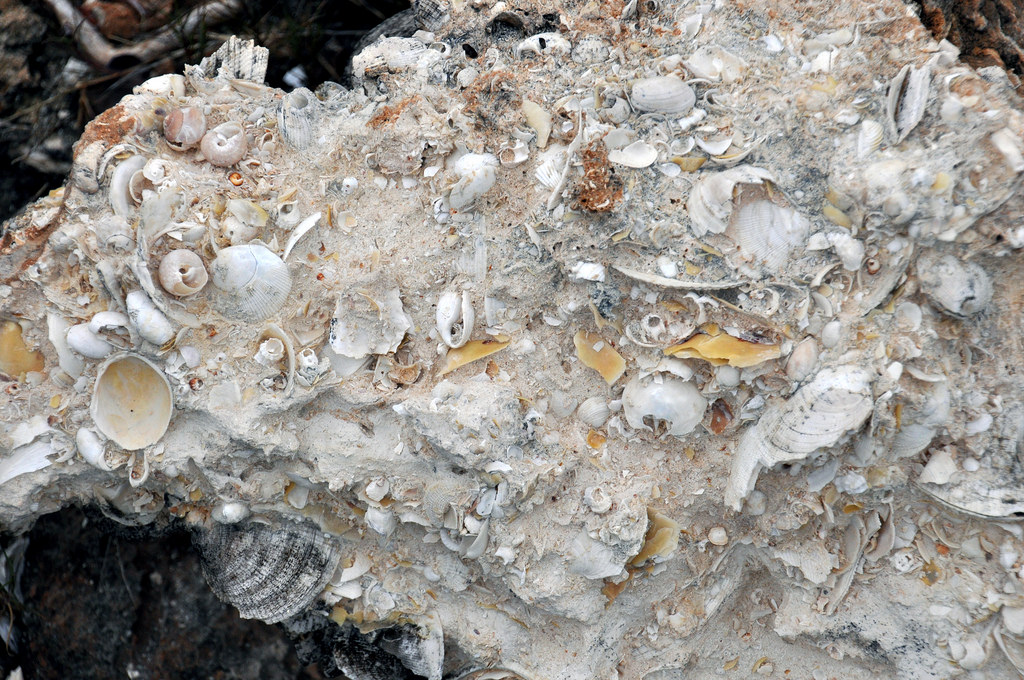
The 1958 bombing of the Royal Victoria Hotel in Nassau, and the hurriedly passed government anti-terrorism bill, tells us one important thing. It tells us that Bahamian history needs a few amendments, or at least a few more historical exclamation marks.
The so-called Quiet Revolution, was anything but quiet.

(The Kansas City Times, Tuesday 04 March, 1958)
The revolution, as it was, has been characterised as bloodless, and therefore quiet, because the change in government in 1967, from minority rule to majority rule, occurred without bloodshed on the day. The change occurred through the ballot box, rather than through the barrel of a gun.
But what about the rancour and bloodshed in the decades and century leading up to 1967? Many years were far from quiet in the islands.
Taken in its totality, the revolution for change in the Bahamas was as loud as an exploding stick of dynamite, as destructive as a mob riot, and as deadly as a bullet fired from an angry gun.
THE QUIET REVOLUTION IN THE BAHAMAS
Bahamian author, teacher, suffragette, and politician, Dame Dr. Doris Sands Johnson, (19 June 1921 – 21 June 1983) first characterised the struggle for equal economic, political and voting rights, which culminated in a major change of government in 1967 as the Quiet Revolution.
Dr. Johnson knew well of what she had written about in her book The Quiet Revolution in the Bahamas. She saw most of it firsthand.
Johnson was the first Bahamian woman to contest a general election in the Bahamas. She was first female Senate appointee. Johnson was also the first woman granted a leadership role in the Senate.
Dame Doris was also the first woman to be made a government minister, first woman named President of the Senate and first woman to serve as Acting Governor General of the Bahamas.

“In a world of bloody conflict, the phenomenon of a bloodless revolution effecting a change of government is indeed remarkable. Such a “quiet revolution” was enacted in the Commonwealth of the Bahama Islands in 1967.”


While Dr. Johnson’s book represents a factual representation of the decades leading up to 1967, it forgets that often revolutions are tides, not tsunamis. It forgets the pockets of violence, and the hard government crackdowns, strict new laws and imposed jail sentences to prevent any ideas of a popular uprising.
And despite 1967 being a peaceful government transition,?in terms of exercising voting rights, the mood, temperament and resentments of that political change held fast long after 1967.
MARCH 1958 – Terrorists Attempt To Break Bahamian Apartheid
There was a point in history when the temperament in The Bahamas could have gone the way of South Africa. In fact, some were actively planning for it. Hot seething anger was boiling up under an apparent placid surface in Nassau.
The now famous General Strike of January 1958 caused the closure of some 16 hotels, and millions lost in tourist revenues. Then once again, British troops were flown in with machine guns. They patrolled the streets of Nassau and stood guard outside key areas on the island. The government was taking no chances. There would be no repeat of the mob riot which destroyed Bay Street in 1942.




(The News Journal Thursday 16 January 1958)
While it appeared all was well and quiet, some were planning to fight back in a violent revolutionary style.
Negro Bahamians who were attuned to the global political landscape, in order to gauge their actions at home, would have been aware of the goings on in the racially divided South Africa.
The white minority government in South Africa had long enacted an oppressive and deadly program towards black South Africans. In response, the ANC Party (African National Congress) and other African freedom fighters responded in kind. By 1955 Nelson Mandela had concluded that violent action would be necessary to end apartheid and white minority rule. Mandela was arrested in December 1956 with with 60 others for treason. The trial would last six years until 1961, when all would eventually be found not guilty under insufficient evidence.
In Nassau in March 1958, some tried their own violent response to what they saw as white oppression of blacks and in particular, black labour.
Just moments before the clock struck midnight on Monday March 3rd. 1958, terrorists were preparing to strike a blow against the Bahamas government.

Several sticks of dynamite were thrown at the Royal Victoria Hotel in Nassau. The blast ripped a hole in the hotel causing significant damage. Targeting the Royal Victoria was symbolic. The hotel was built during the American Civil War, the war over slavery.
The hotel bombing came after a series of mysterious fires across Nassau.



(The Miami News Monday 03 March 1958)
Dynamite Was Aimed at Gas Tanks. 150 British Troops Sent To Guard Hotel. £8,000 Reward For Arrest of Terrorists

(Fort Lauderdale News Monday 03 March 1958)
Anti-Terrorism Bill Passed
After the terrorist strike at the Royal Victoria Hotel, on March 3, 1958, which only narrowly missed three propane gas tanks, the government hastily passed an Anti-Explosives Bill on Wednesday April 2, 1958.
The bill drafted, read and passed just one month after the hotel bombing.
A new law provided a maximum sentence of life imprisonment for the offence of malicious use of explosives.






